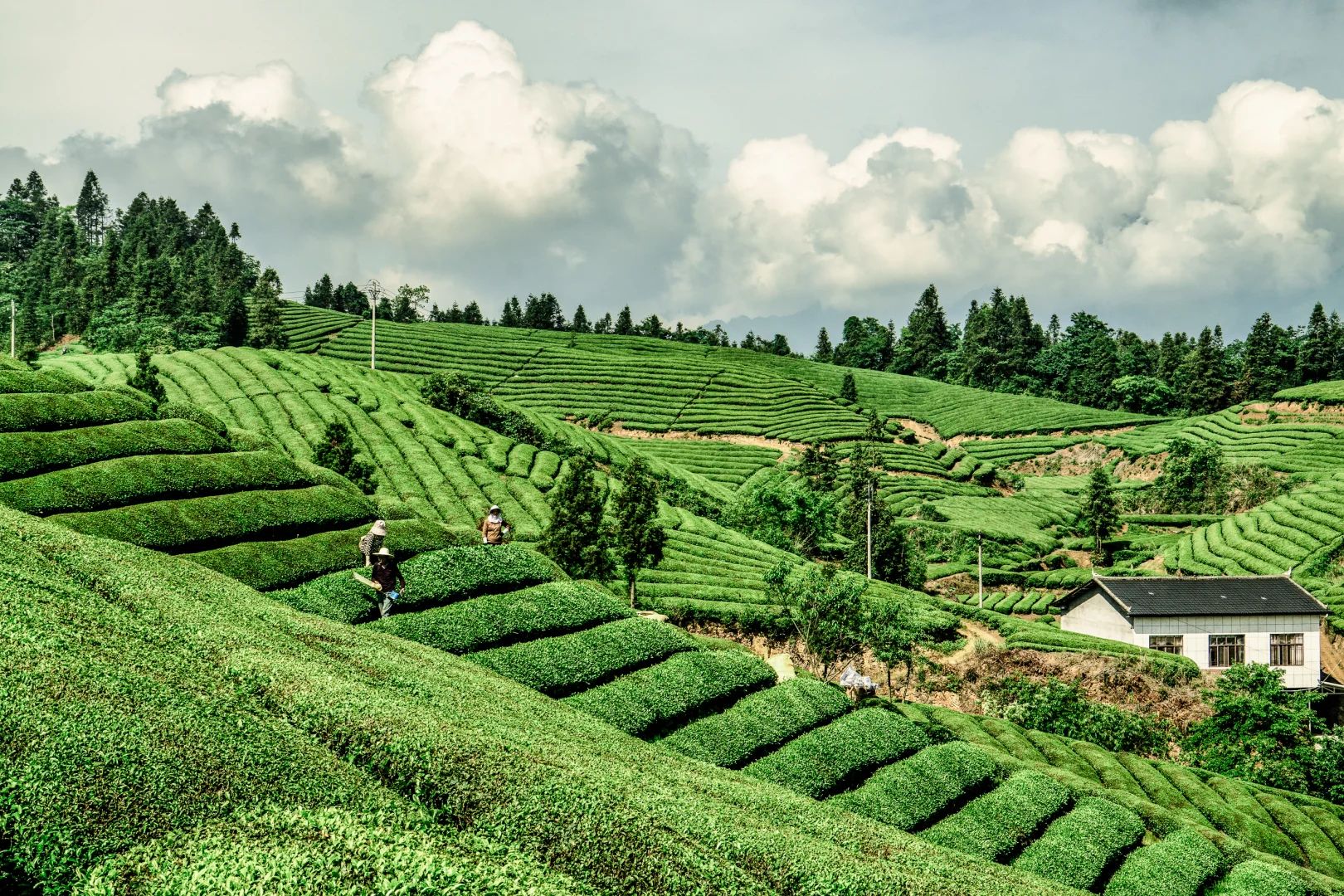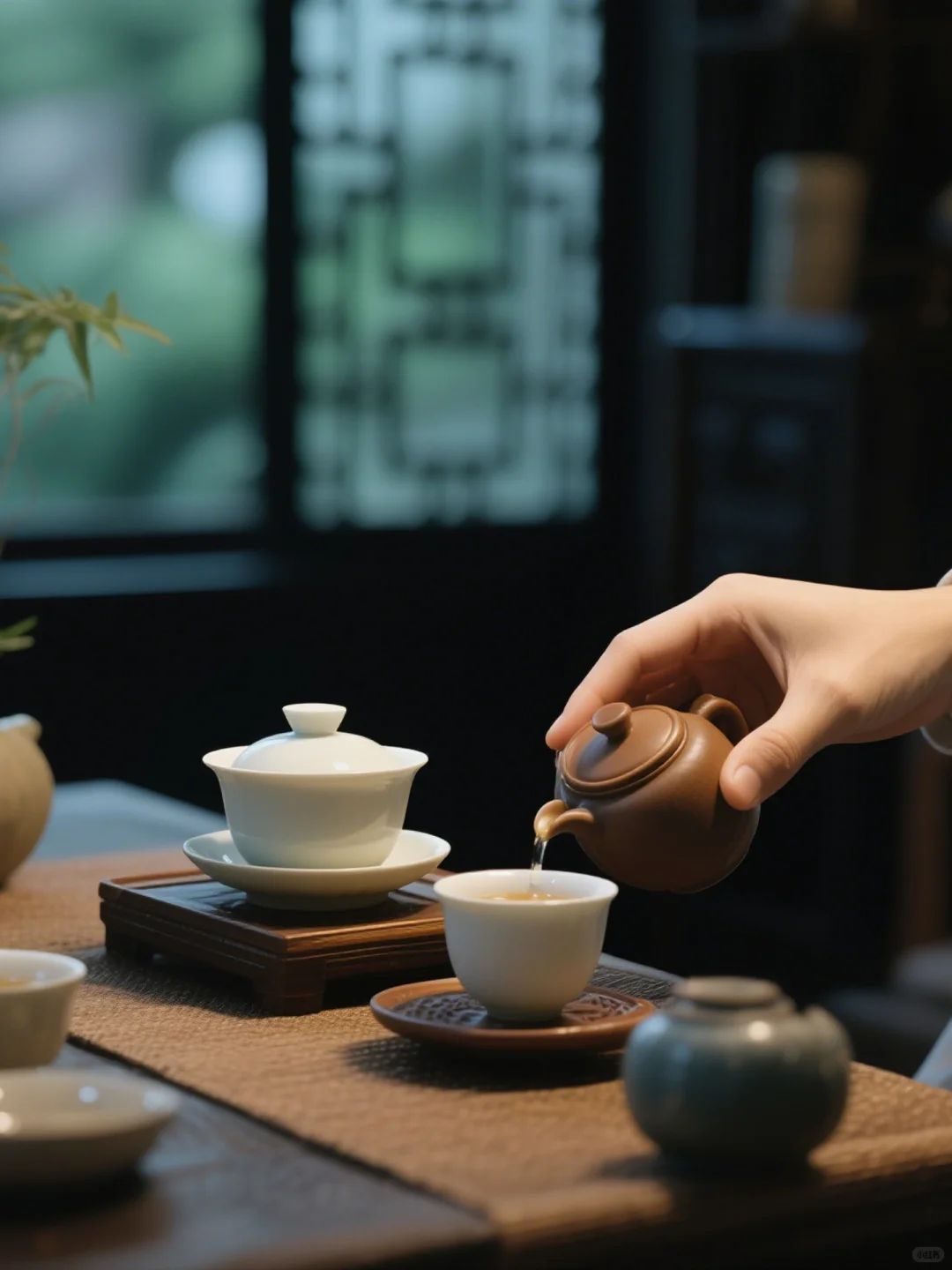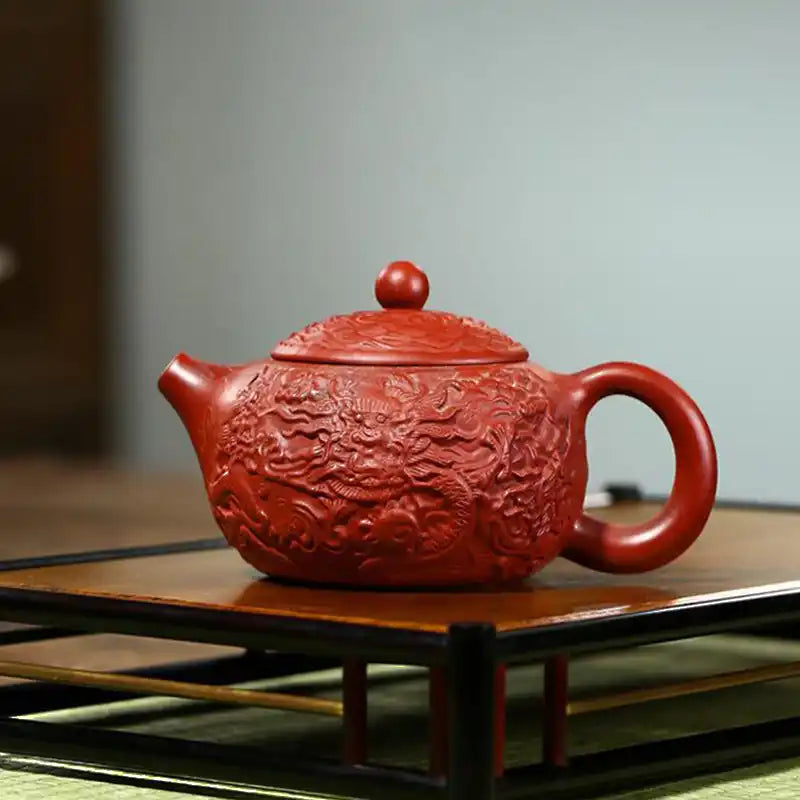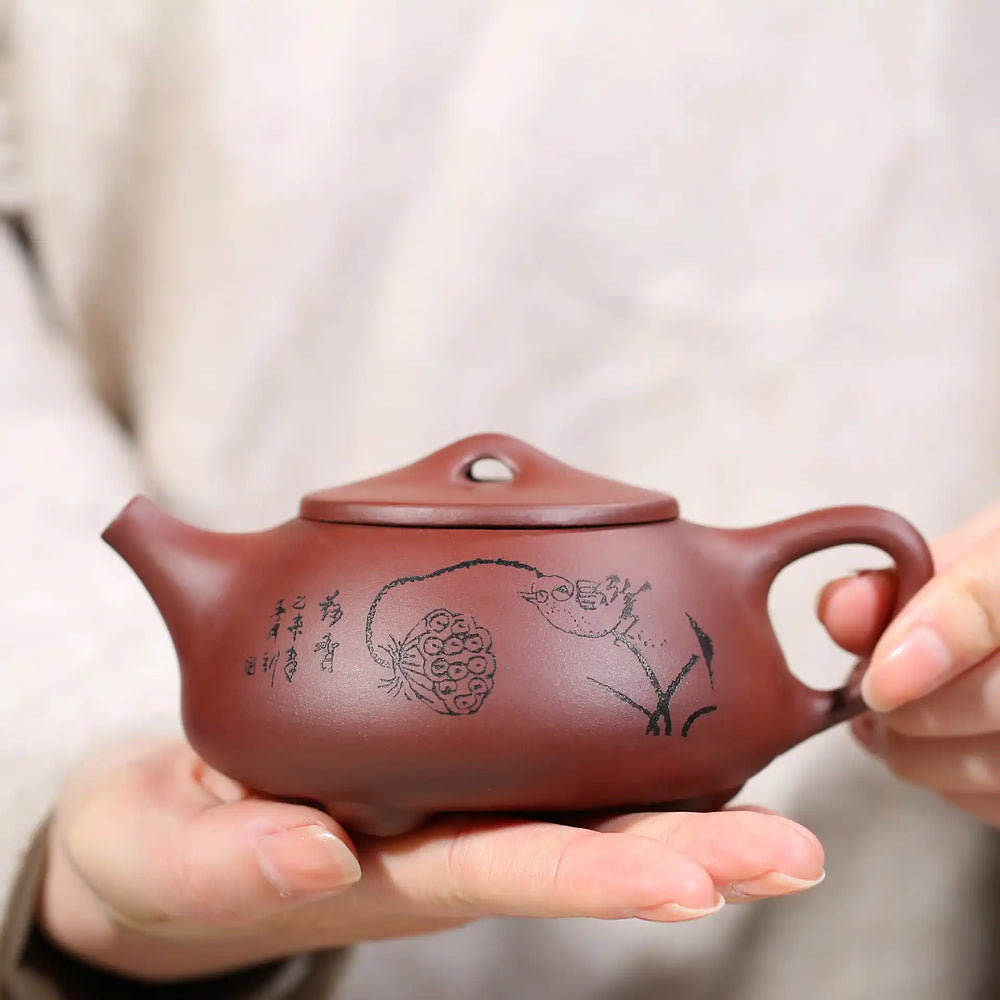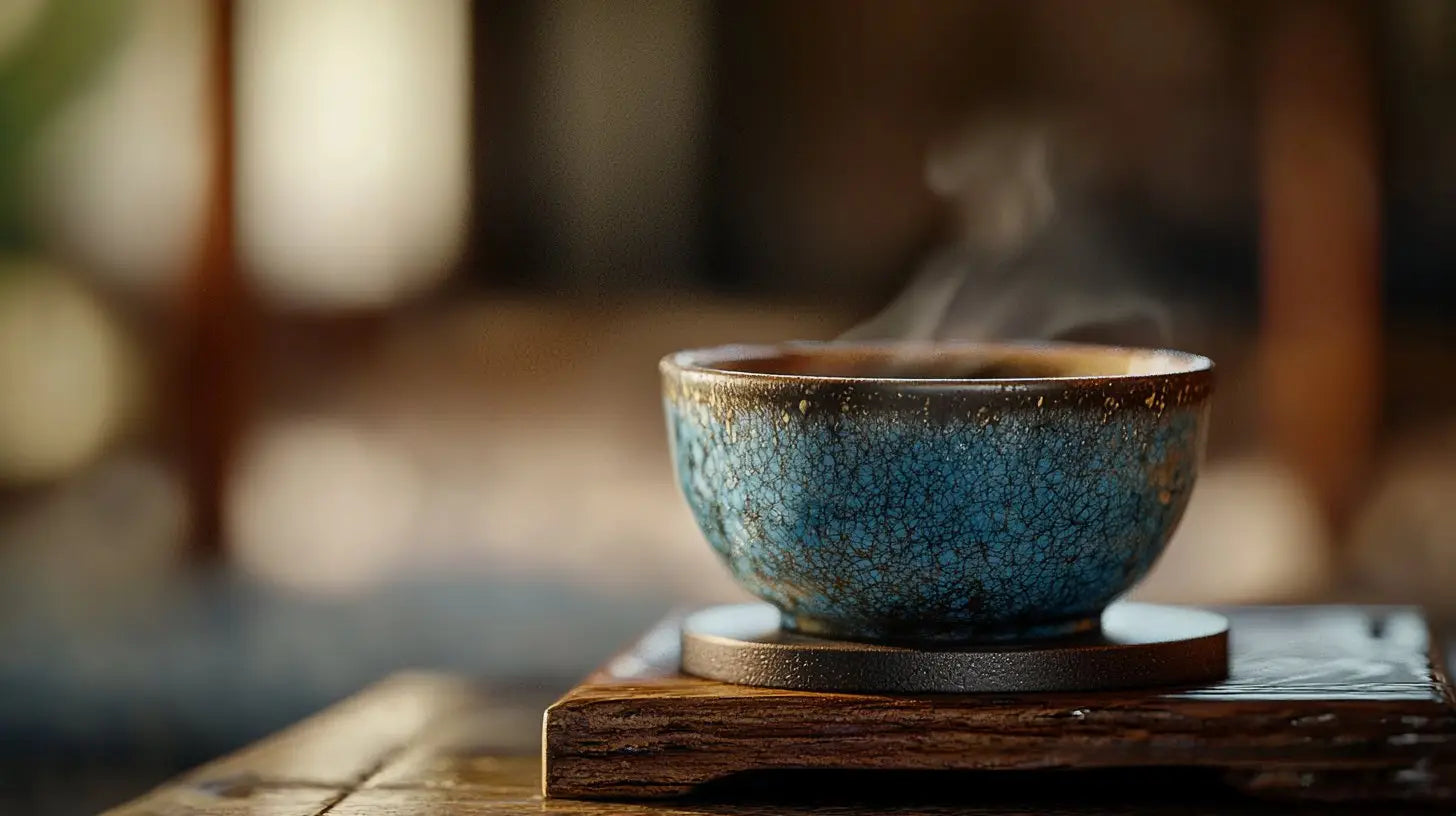🏔️ Understanding Chinese Tea Regions: A Journey Through Famous Mountains
Explore the legendary tea mountains where geography, climate, and culture create the world's finest teas

🌍 The Concept of Terroir in Chinese Tea
Terroir - the unique combination of soil, climate, altitude, and human tradition - is nowhere more evident than in China's legendary tea regions. Each mountain range creates distinct microclimates that produce teas with unmistakable characteristics, making Chinese tea regions some of the most diverse and prized in the world.
🌿 What Makes Chinese Tea Regions Special:
- Altitude: High elevation creates cooler temperatures and slower leaf growth
- Mist and Clouds: Natural humidity protects leaves and enhances flavor
- Soil Composition: Mineral-rich soils from ancient geological formations
- Traditional Knowledge: Centuries of cultivation and processing expertise
🏔️ The Four Great Tea Mountains
🌋 Wuyi Mountains (武夷山)
Province: Fujian
Famous for: Rock Oolongs (Yan Cha)
Signature Tea: Da Hong Pao
Terroir: Danxia landform creates unique "rock bone flower fragrance"
🌸 Yellow Mountains (黄山)
Province: Anhui
Famous for: Green Teas
Signature Tea: Huangshan Maofeng
Terroir: Granite peaks and pine forests create delicate, sweet teas
🌿 West Lake (西湖)
Province: Zhejiang
Famous for: Premium Green Tea
Signature Tea: Longjing (Dragon Well)
Terroir: Lake microclimate and limestone soil create iconic flat-leaf tea
🌳 Mengding Mountain (蒙顶山)
Province: Sichuan
Famous for: Historical Tea Origin
Signature Tea: Mengding Ganlu
Terroir: Birthplace of tea cultivation with 2,000+ year history
☁️ Yunnan: The Ancient Tea Kingdom
Yunnan Province stands apart as the birthplace of tea trees, home to ancient tea forests and the legendary Pu-erh tea. This southwestern region's unique geography creates some of the world's most complex and age-worthy teas.
🌦️ Yunnan's Unique Climate:
- Subtropical Highland: Warm days, cool nights
- Monsoon Influence: Distinct wet and dry seasons
- Ancient Forests: Wild tea trees over 1,000 years old
- Biodiversity: Rich ecosystem supports complex tea flavors
🗻 Famous Yunnan Tea Mountains:
- Menghai (勐海): Heart of Pu-erh production
- Yiwu (易武): Ancient tea trading center
- Bulang Mountain (布朗山): Home to oldest tea trees
- Nannuo Mountain (南糯山): Famous for ancient tree tea

🌊 Fujian: The Oolong Paradise
Fujian Province, with its mountainous terrain and maritime climate, is the birthplace of oolong tea and home to some of China's most prized tea varieties.
🏔️ Wuyi Mountains: The Rock Tea Capital
The Wuyi Mountains' unique Danxia landform creates the perfect environment for Yan Cha (rock tea). The mineral-rich soil and rocky terrain impart the distinctive "rock bone flower fragrance" that makes these teas legendary.
🪨 Wuyi Rock Tea Characteristics:
- Mineral Complexity: Rocky soil creates unique mineral notes
- Roasting Tradition: Charcoal roasting adds depth and longevity
- Biodiversity: Protected UNESCO site maintains natural ecosystem
- Microclimate Variation: Each cliff face creates different tea personalities
🌺 Anxi County: Iron Goddess Territory
Anxi County produces the world-famous Tie Guan Yin (Iron Goddess of Mercy), an oolong tea renowned for its floral fragrance and complex flavor evolution.
🍃 Zhejiang: The Green Tea Heartland
Zhejiang Province, particularly the West Lake region around Hangzhou, represents the pinnacle of Chinese green tea production.
🏞️ West Lake Longjing: A UNESCO Heritage
The West Lake Longjing tea region benefits from a unique microclimate created by the lake's moderating influence, surrounding hills, and specific soil composition.
🌊 West Lake Microclimate Benefits:
- Temperature Moderation: Lake prevents extreme temperature swings
- Humidity Control: Natural moisture regulation
- Soil Quality: Alluvial deposits create nutrient-rich growing medium
- Cultural Heritage: 1,000+ years of refined cultivation techniques

🌸 Anhui: The Mountain Tea Province
Anhui Province's mountainous terrain and temperate climate create ideal conditions for both green and black teas.
⛰️ Huangshan (Yellow Mountains)
The Yellow Mountains' granite peaks, pine forests, and frequent cloud cover create the perfect environment for Huangshan Maofeng, one of China's top ten famous teas.
🌿 Qimen County: Black Tea Excellence
Qimen County produces the world-renowned Keemun black tea, prized for its wine-like aroma and smooth, malty flavor.
🌡️ Climate and Seasonal Influence
Chinese tea regions experience distinct seasonal patterns that dramatically influence tea quality and character:
🗓️ Seasonal Tea Characteristics:
- Spring (March-May): Most prized harvest, tender leaves, concentrated flavors
- Summer (June-August): Faster growth, stronger flavors, less delicate
- Autumn (September-November): Balanced flavors, good for oolongs
- Winter (December-February): Dormant period, no harvest in most regions
🏛️ Cultural and Historical Significance
Each tea region carries deep cultural significance, with local traditions, festivals, and processing methods passed down through generations.
📜 Tea Culture Traditions:
- Harvest Festivals: Celebrating first spring pickings
- Processing Rituals: Traditional methods preserved as cultural heritage
- Tea Master Lineages: Knowledge passed through family generations
- Regional Ceremonies: Unique tea preparation and serving customs

🌿 Modern Challenges and Conservation
Today's tea regions face challenges from climate change, urbanization, and changing agricultural practices. Conservation efforts focus on:
- Protecting Ancient Trees: Preserving genetic diversity
- Sustainable Farming: Organic and ecological practices
- Cultural Preservation: Maintaining traditional knowledge
- Quality Standards: Geographic origin protection
🎯 Understanding Tea Region Labels
When purchasing Chinese tea, understanding regional designations helps ensure authenticity and quality:
🏷️ Key Label Information:
- Specific Mountain/Village: More precise than general province
- Harvest Season: Spring teas command premium prices
- Altitude: Higher elevation often indicates better quality
- Processing Method: Traditional vs. modern techniques
🛒 Explore Authentic Regional Teas
Ready to taste the unique terroir of China's famous tea regions? Our collection features authentic teas from these legendary mountains.
🏔️ Regional Tea Collection
Discover our Premium Chinese Tea Collection featuring authentic teas from famous mountains and regions.
🍃 Specific Regional Favorites
Try our Wuyi Rock Oolongs, West Lake Longjing, and authentic Yunnan Pu-erh teas.
🌟 Conclusion: A Taste of Geography
Understanding Chinese tea regions transforms tea drinking from simple consumption to cultural exploration. Each cup carries the essence of its mountain home - the mist, soil, altitude, and centuries of human dedication that create these liquid masterpieces.
Whether you're sipping a delicate Longjing from West Lake's shores or a robust rock oolong from Wuyi's cliffs, you're experiencing the unique terroir that makes Chinese tea regions the most diverse and fascinating in the world.
Next time you brew Chinese tea, remember: you're not just making a beverage - you're connecting with ancient mountains, traditional wisdom, and the natural forces that create tea's infinite variety.
